 |
| Photo 1: a well-known name written in single atoms on a surface |
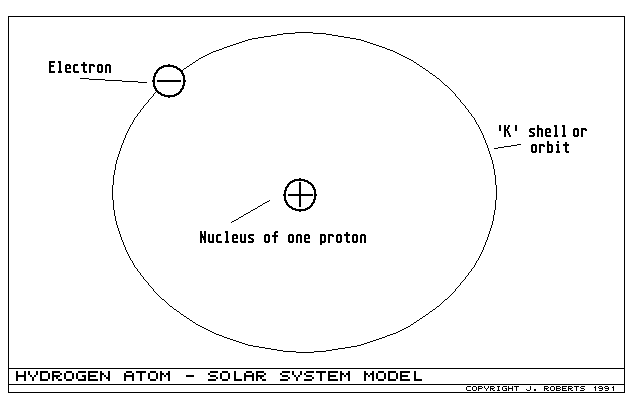 |
| Figure 1: a representation of the simplest atom, that of Hydrogen, using the 'solar system' model |
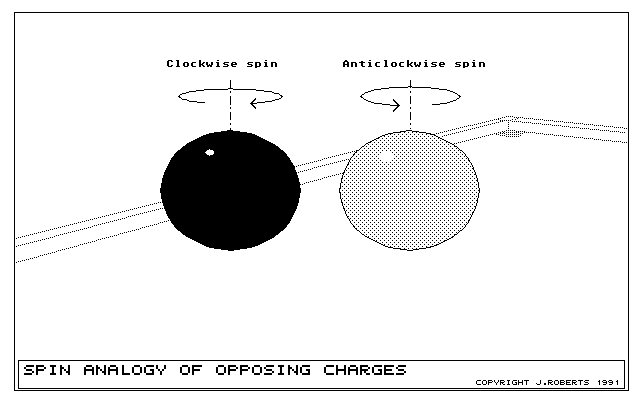 |
| Figure 2: a spin analogy to help explain how opposing charges do not necessarily cancel each other out |
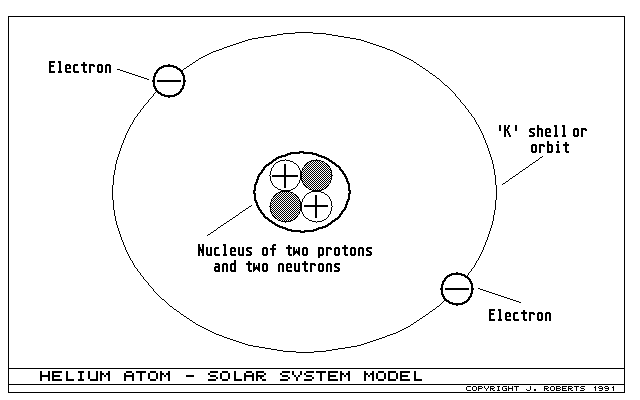 |
| Figure 3: a representation of the second simplest atom, Helium, using the 'solar system' model |
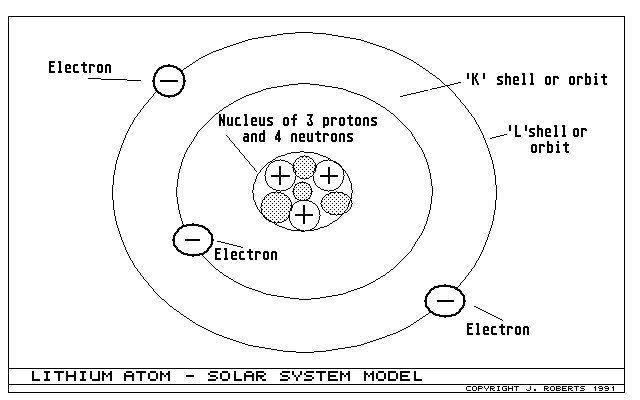 |
| Figure 4: getting more complex, Lithium needs two orbits or shells to take up all its electrons, and neutrons join the protons in the nucleus |
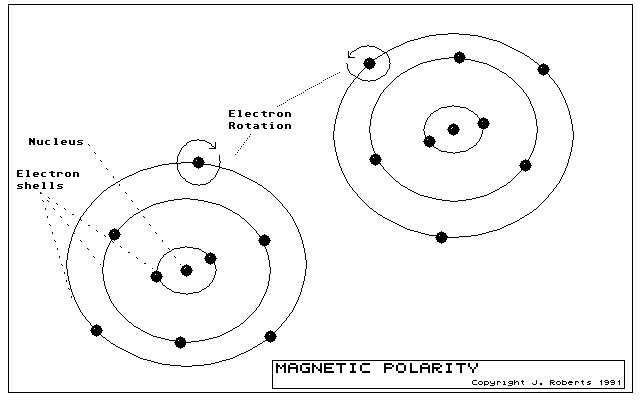 |
| Figure 5: a way of thinking about magnetic polarity ('North' and 'South') as opposing spins |
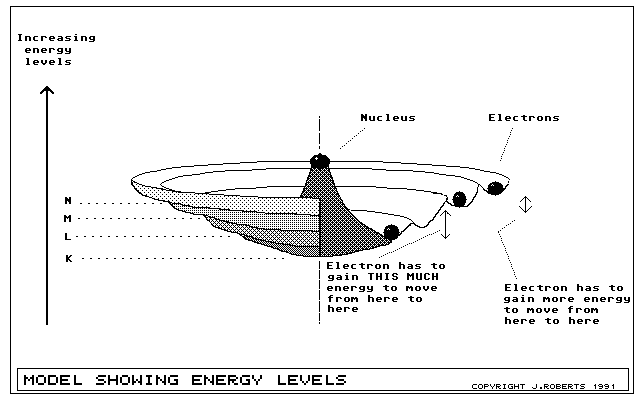 |
| Figure 6: an atomic 'roulette' wheel - electrons can only occupy certain 'orbits' or 'shells'and these are associated with different energy levels |
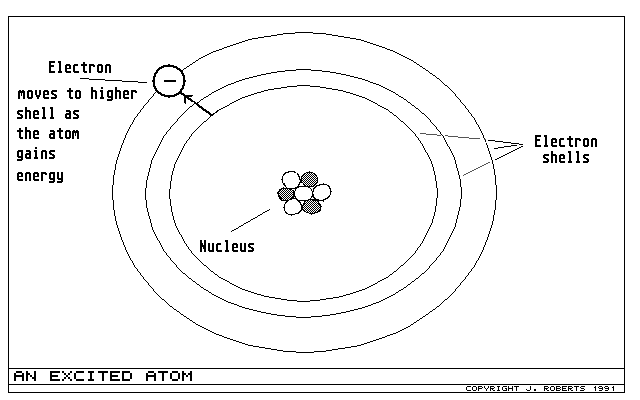 |
| Figure 7: a 'solar system' model representing an electron moving to a 'higher' orbit because it has gained energy |
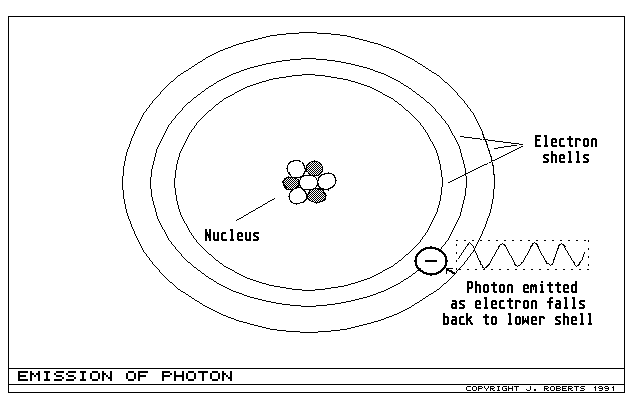 |
| Figure 8: when the electron 'orbit' 'decays' the electron falls back to a 'lower' orbit, emitting a packet of energy - a photon, whose energy depends on how far the electron fell... |
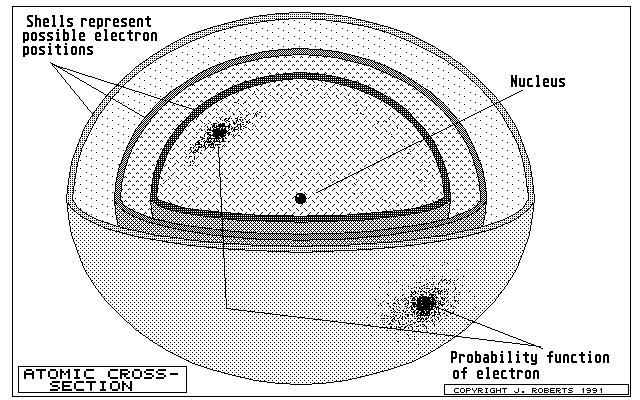 |
| Figure 9: a slightly less inaccurate model of the atom, with concentric onion-skin-like 'shells' in which the electrons can be found, and a fuzzy 'probability' of finding it in any particular 'place' in the shell. The nucleus really should be represented by another probability function... |
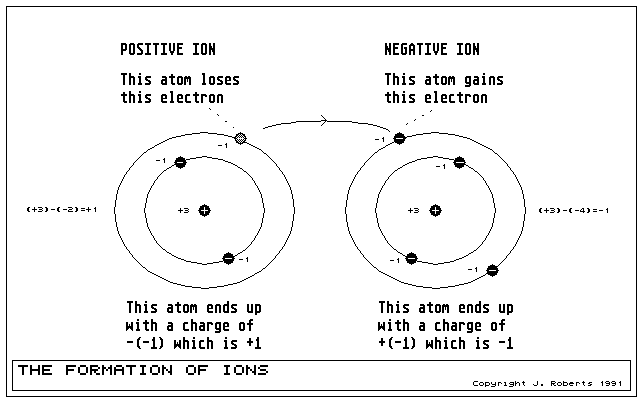 |
| Figure 10: the conceptually-simple process of forming an ion |
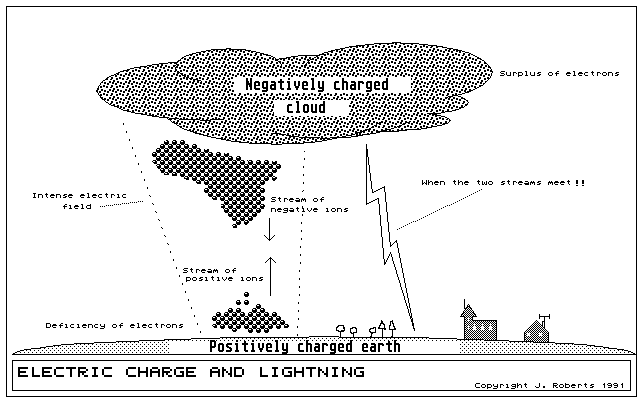 |
| Figure 11: Donner und Blitzen! A thunderbolt is a good example of a big electric field in action |
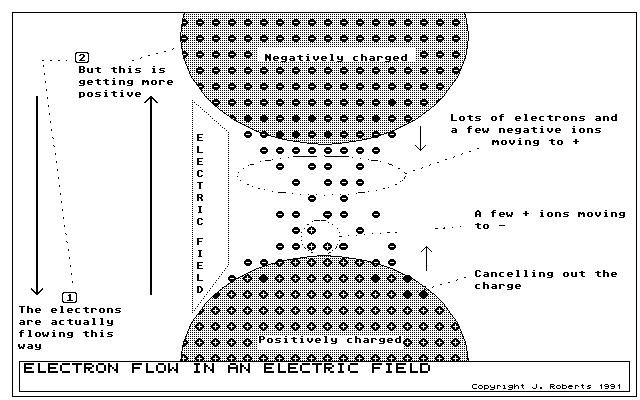 |
| Figure 12: A close-up of the actual 'movements' going on in an electric field |
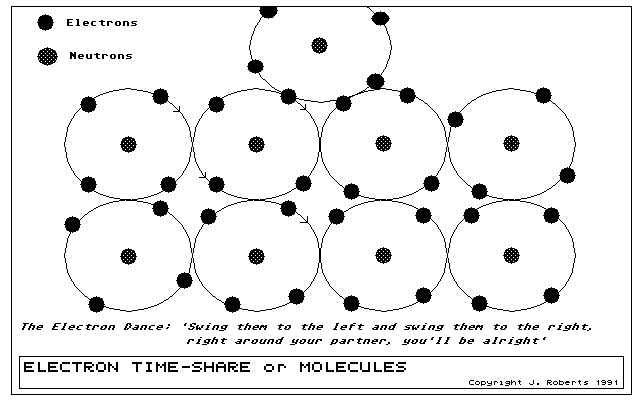 |
| Figure 13: Atoms share electrons, and this obviously was the model for traditional country dances. Well, perhaps not... |
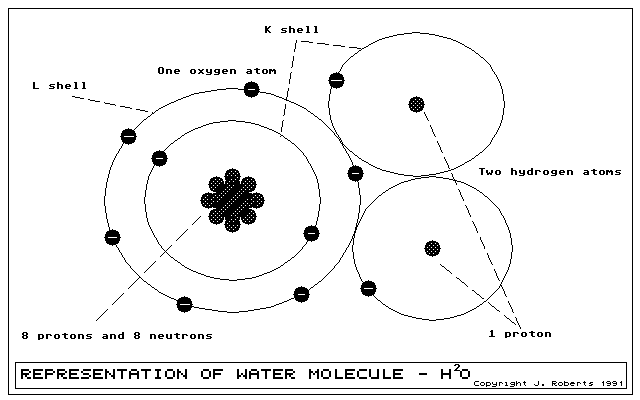 |
| Figure 14: Water - H2O. Marvellous stuff, especially if you want to use a boat. It also shows how a molecule of a compound is formed |
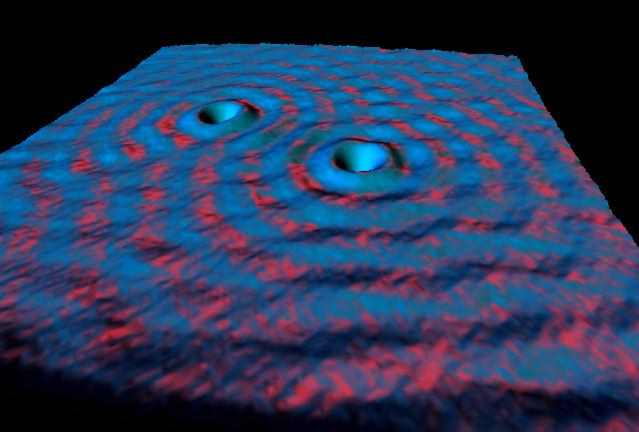 |
| Photo 2: quantum effects in action; the full original version of the heading photo. Two single-atom "point defects" cause interference effects amongst surrounding atoms. For credits follow the link from the heading photo. |















